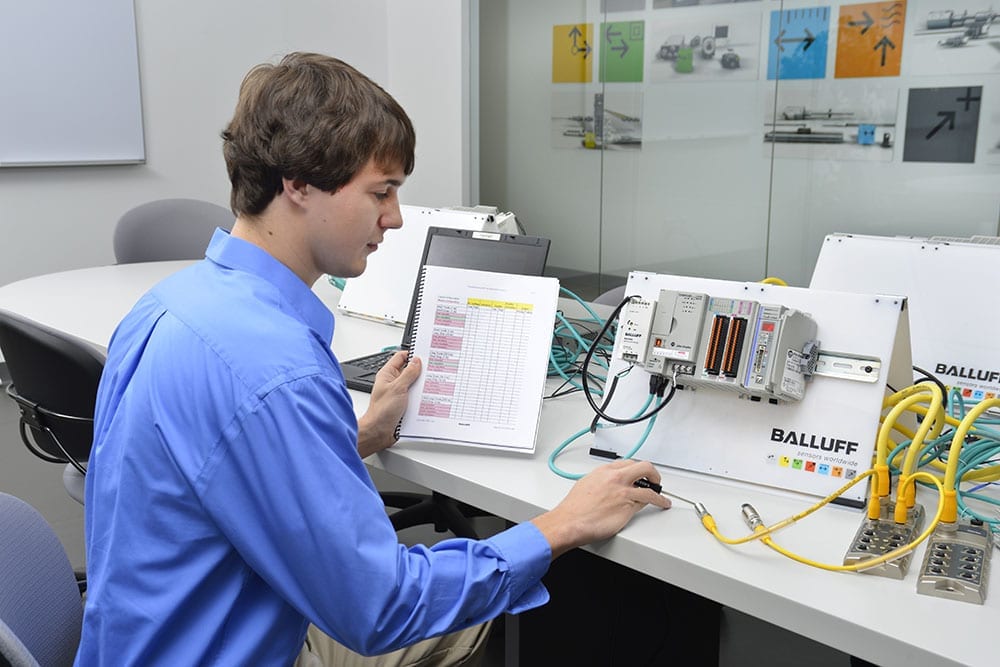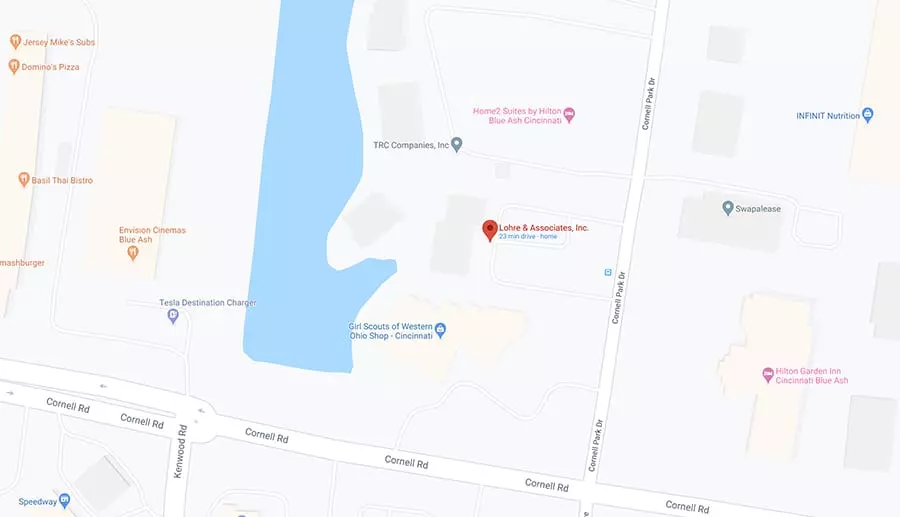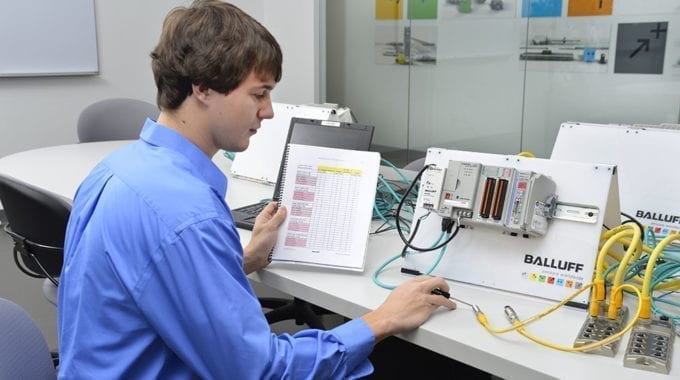 With responsibilities expanding, resources declining, and margins narrowing, companies today must scrutinize every dollar spent. Bad decisions are often based on bad data. An informed decision, on the other hand, can be defended in the light of the facts. In this article, we examine three misconceptions – misconceptions which too often lead to poor decisions about training.
With responsibilities expanding, resources declining, and margins narrowing, companies today must scrutinize every dollar spent. Bad decisions are often based on bad data. An informed decision, on the other hand, can be defended in the light of the facts. In this article, we examine three misconceptions – misconceptions which too often lead to poor decisions about training.
- If I train my people, they will leave.
In today’s companies where people change positions frequently, training is seen as a risky investment. The correct perspective is seeing the risk involved in NOT training your people. Do you really want your people making costly mistakes by the trial-and-error method of on-the-job training? Lack of training does not just affect the untrained person. Those that have been trained and are doing the job correctly often get pulled aside to explain procedures to the untrained. The bottom line is that people are going to be trained one way or another. What is the most efficient way to do this?
- I can’t afford the downtime to send my people to training.
Tools need to be sharpened. This means they can’t be “productive” 100% of the time. “Productivity” needs to be seen as a totally different thing from being “busy.” Once a tool is sharpened, it is far more productive. A dull tool can be “busy” 100 % of the time accomplishing nothing of value. The correct perspective then is that you can’t afford the loss of productivity caused by a lack of training.
- All training offered out there is basically the same, so just take the cheapest one.
Training is not a one-way dump of information. Training means that a change has taken place in a cognitive domain, an affective domain, or a psychomotor domain. For automation companies, these three domains are intricately linked. For example, it is not enough to just sit through a safety presentation: you need to know the safety regulations (cognitive), you need to be passionate about why these are important (affective), and you need the skill necessary to implement these regulations by specifying, configuring, and integrating systems (psychomotor).
The best way to train in the psychomotor domain is through hands-on training. Students learn skills best by practicing those skills. For many companies who offer training, training is just a presentation of ideas without the necessary opportunity for participants to try anything for themselves. At Balluff, we have made a substantial investment in equipment, an investment in writing courseware properly, and an investment in training those who conduct the training with platform skills, adult learning skills, and teaching skills. These investments make world-class, performance-based training available to our customers.
To see all that Balluff has to offer in Automation Training, click on our training web page link: http://www.balluff.com/balluff/MUS/en/service/standard-training.jsp




